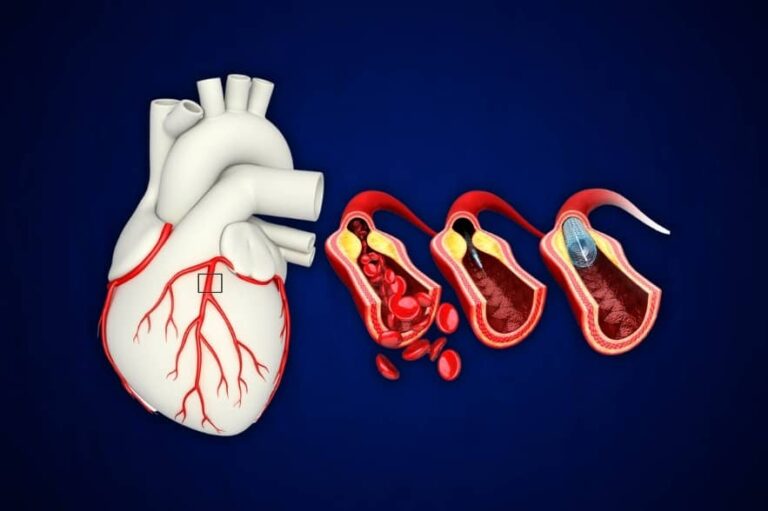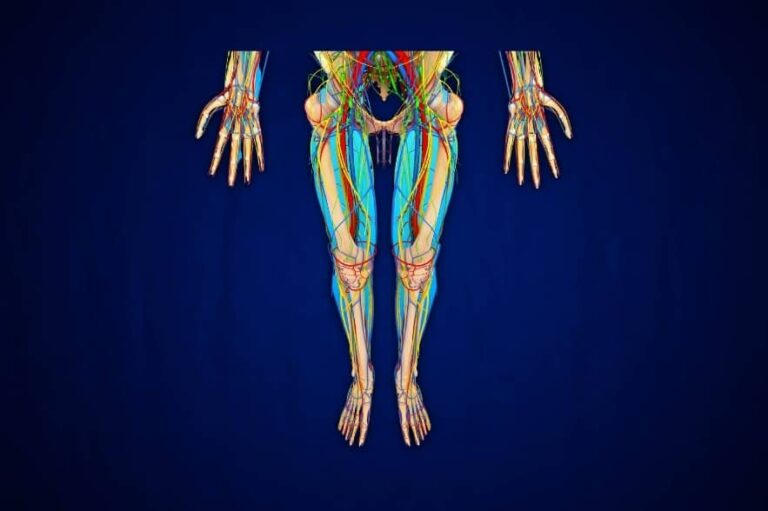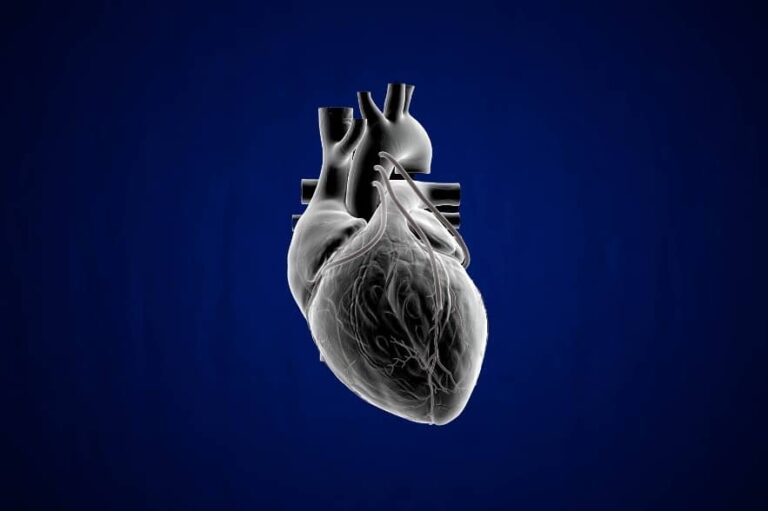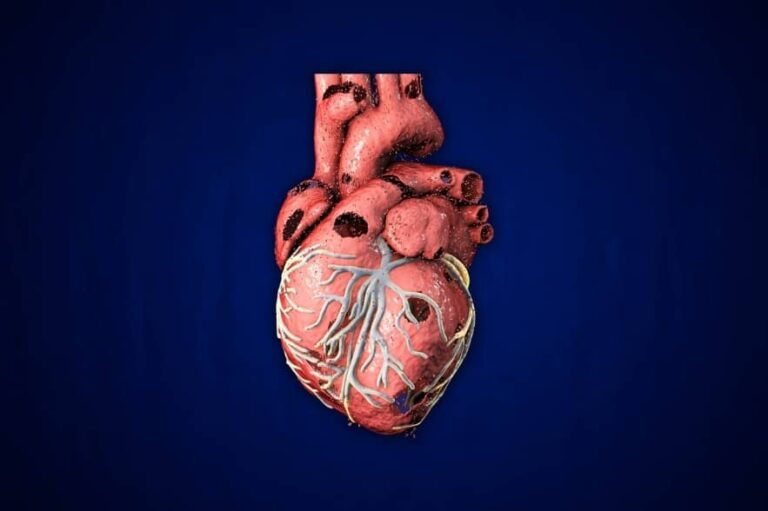TREATMENTS

1. Coronary Angiography
- Overview
- Why is it performed ?
- Procedure
Angiography is a test which is used to find the cause of restricted or reduce blood flow to the heart.
Angiography is generally performed after other non-invasive tests ask electrocardiogram, echocardiogram or stress test. In most cases; the test is recommended by a doctor after the patient suffers chest pain (either mild or severe), gets tired pretty quickly, or feels pain in other body parts such as jaw, neck and arms.
The procedure is about an hour long and during the procedure; a thin tube called catheter is inserted into your artery from your arm or groin area. Through this catheter, a dye will be injected into your blood which allows the doctor to collect x-ray images called as Angiograms. Angiograms will later be inspected to check the restrictions in the blood flow through the arteries. Based on this inspection the doctor might suggest a coronary angioplasty immediately.
Mostly the patient is relaxed or sleeping throughout the procedure and will not feel any sharp pain.

2. CORONARY ANGIOPLASTY
- Overview
- Why is it performed ?
- Procedure
A procedure that is performed to improve or restore reduced blood flow to heart through clogged arteries.
Angioplasty is performed after coronary angiography test results show restrictions in the blood flow due to arteries clogged due to fatty plaque. Doctor may either recommend an angioplasty or bypass surgery based on angiogram that are collected through coronary angiography. In order to decide which surgery would be beneficial for the patient; risk factors carried by patient, his/her heart strength & other overall health conditions are taken into consideration
Angioplasty mostly involves placing a mesh like tiny coil of wire which is called as a stent inside of a clogged artery to open the narrowed path. As a result the blood flow through the artery is restored. First, angiography is performed to understand the numbers and position of blockages. Later, the catheter will be inserted into your blood vessel through a small incision. Afterwords a small balloon with or without stent is placed at the tip of this catheter which is inflated to widen the blocked artery. Once the artery is stretched balloon is deflected and is removed along with the catheter. The procedure may be repeated for each blockage and the procedure Will take several hours but on the complexity.
Patient might feel pressure when the incision is made. A little discomfort can be felt during the inflation of the balloon but no sharp pain is involved during a typical procedure.

3. AICD & PACEMAKER IMPLANTATION
- Overview
- Why is it performed ?
- Procedure
A procedure followed to place an electronic device inside of the chest to help control irregular beating of the heart. While pacemaker produces electrical pulses to keep heart beating at normal rate; AICD delivers shocks upon observing dangerous heart rhythm.
When the patient’s heart rate or rhythm is either too fast, too slow or has irregular pattern; there is a problem with the electrical system of the heart. Such a problem is called an arrhythmia. If the arrhythmia is considered to be chronic by the doctor, pacemaker or AICD implantation will be advised.
A pacemaker or AICD has a circuit secured inside a small box and has upto 3 wires connected to it. The small and slim box is called a pulse generator & wire attached are called pacing leads. The pacing leads are inserted into the major vein under collar bone and are placed inside of the heart. These are later connected to the pulse generator which is implanted under the skin of your collar bone inside of a pouch. Some advanced lead-less pacemakers can be placed inside of the heart with a lesser non invasive method. Pacemaker will monitor the heart 24/7 to keep the beating rate normal which ICD will deliver a defibrillation shock as needed.
The patient is given local anaesthesia to numb the incision areas. The patient will be slightly sedated or will be completely asleep through general anaesthesia. A little discomfort can be observed but a typical procedure doesn’t involve any sharp pain.

4. PERIPHERAL ARTERY DISEASE
- Overview
- Causes
- Symptoms
- Treatment & Precaution
PAD is a condition that occurs when the limbs of a patient do not get enough blood supply due to narrowing of arteries. This condition is developed due to buildup of fatty deposits inside of the arteries causing obstruction in the blood flow.
PAD is developed over time as fatty plaque keeps on building on the inner sides of the arteries, this is called as the atherosclerosis. Major risk factors such as diabetes, smoking, hypertension, obesity contribute to develop the disease and fortunately these risk factors can be controlled while other risk factors are uncontrollable such as family history and increasing age.
Many people do not have any symptoms while others go through claudication which is leg pain or leg cramp while doing a physical activity. Usually such a pain vanishes after a little rest. Other symptoms of peripheral artery disease include :
- Mild/severe cramps/pain in the lower body.
- Change in colour/temperature in either of the legs.
- Slower growth of hair/ toe nails.
- Erectile disfunction in men.
Depending upon the severity and other health factors doctor may suggest an angioplasty, bypass surgery or thrombolytic therapy. While angioplasty will open up the narrowed arteries using a stent, bypass surgery involves creating a different route for blood flow using blood vessel or synthetic vessel bypassing the affected artery. During thrombolytic therapy a blood clot that causes obstruction in the blood flow is dissolved using a drug. Later, inclusion of regular exercise and healthy diet will be advised along with quitting the tobacco consumption in any form.

5. HEART FAILURE
- Overview
- Causes
- Symptoms
- Treatment & Precaution
Heart failure is a serious condition in which the heart muscle fails to pump the blood containing oxygen required by your body. Sometimes the heart failure could start suddenly which is called an acute failure or it could be ongoing which is called chronic failure. This could happen due to multiple artery related or heart related issues.
Heart failure is generally developed over time as other risk factors weaken the heart. Due to this heart muscle cannot keep up with the demands of the body for oxygenated blood. Sometimes conditions like BP stiffen in the heart reducing its functionality. Damage to the heart muscle, previously occurred heart attack, BP, heart defects and arrhythmia can cause heart failure.
Symptoms of heart failure may include:
- Fatigue
- Shortness of breath
- Rapid heartbeat
- Inability to concentrate
- Swelling in the abdomen, legs, feet
- Nausea
- Rapid weight gain
- Coughing with foamy mucus
Depending upon the causes, you would be treated to eliminate the underlying issue or problem. In the case of severe blockages in the arteries bypass surgery will be suggested by the doctor. Bypass surgery is a procedure that involves removal of a blood vessel from other body part and placing it around the blockage providing new blood circulatory route. If there is issue of irregular heart beating which is called arrhythmia: ICD implantation will be recommended to monitor the rhythm of the heart and to avoid irregular or abnormal rhythms. In case of faulty valves, doctor will either repair the valve by reconnecting valve flaps or cutting off the excess tissues. If the repairing of the valves is not possible then the doctor will replace them.
If the heart chambers are not pumping in synchronisation with each other, a cardiac re-synchronisation therapy will be advised. For this device called as by ventricular pacemaker will be used to eliminate the synchronisation problem. If no medication and surgery can fix a severely affected heart that led to heart failure, heart transplant remains the only option, if the patient is evaluated to be the right candidate. If that is not the case or if donor heart is an available then ventricular assist devices are use to help pump the blood to the body which are placed inside of the heart.

6. CARDIOMYOPATHY TREATMENT
- Overview
- Causes
- Symptoms
- Treatment & Precaution
Cardiomyopathy is a heart disease that reduces or restrict heart’s ability to pump the blood efficiently. Cardiomyopathy mostly occurs due to family genetics or due to a prolonged risk factor/disease.
Majority of the cases have unknown causes of cardiomyopathy. Though in some cases it is inherited; other times the disease can be acquired due to long-term issues such as high BP, rapid heart rate. Also diseases such as Thyroid, diabetes or infections that are inflammatory to the heart can be the causes of cardiomyopathy too.
Symptoms of the disease can be subtle or acute:
- Chest pressure/pain/discomfort
- Lightheadedness/fainting/dizziness
- Fatigue
- Breathlessness with or without physical activity
- Swelling in the abdomen area or lower body.
Depending on the type of cardiomyopathy, risk factors and patient’s overall health; treatment of the disease is decided.
Sometimes, more non-invasive methods are advised to manage the symptoms first and then preventive measures are taken to stop the condition from worsening. Devices such as ICD, pacemaker or VAD can be implanted in order to treat the cause if non-invasive methods and medication cannot control the disease. But if the conditions are complex, heart transplant or septal myectomy could be the only treatment options.

7. ANGINA PECTORIS
- Overview
- Causes
- Symptoms
- Treatment & Precaution
Angina or angina pectoris is a type of chest pain that is often described as pressure, squeezing or tightness in the chest area. Angina is caused by reduced blood flow to the heart and is a clear symptom of coronary artery disease.
Angina indicates issues in the arteries that deliver blood to the heart muscle. Any obstruction in the artery such as fatty plaque deposits can reduce the blood flow that results in angina.In some cases a blood clot can restrict the flow of blood to the heart causing angina that feels like heaviness is in the chest.
Angina can produce different symptoms to men and to women. Common symptoms are shortness of breath, nausea and fatigue. Men tend to have constant or travelling pain from chest to shoulder, back or arms along with sweating. Men also feel chest pain that feels like burning, squeezing pressurising. On the other hand women usually find discomfort in the jaw, neck, teeth and instead of heaviness in the chest they feel stabbing chest pain which is sometime accompanied with abdominal pain.
Depending on the type of angina, severity of the damage, patient’s overall health; a treatment is recommended. Sometimes lifestyle modifications and medication can be enough to control the damage dealt and to lower the heart attack risks. But if the conditions are worse doctor may suggest you an angioplasty or an open heart surgery to restore the blood flow through the arteries to the heart.

8. CARDIAC CONSULTATION
Complete understanding of patient’s symptoms, history of diseases & diagnosis of issues along with the advised treatment.
